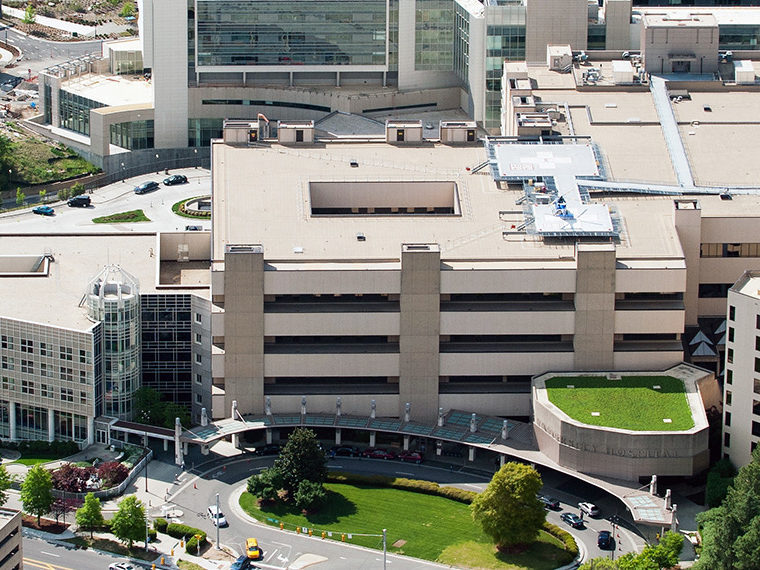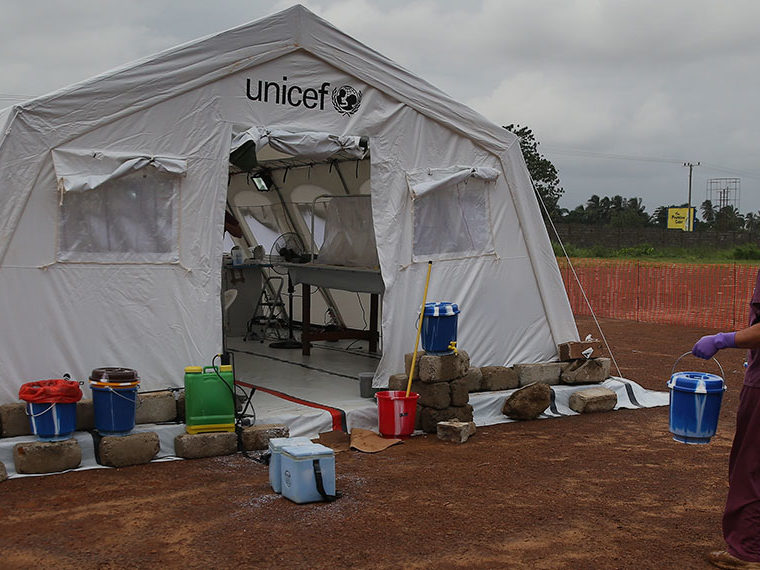Younger-patient mortality rate nearly triples, 20 years of data indicate
In the corporate world, the idea of a successful business growing via diversification is viewed as the natural order of things. Adding a related product or service to an existing lineup can spread overhead expenses across a larger base of revenue, improve profit margins and expand a firm’s group of customers.
Sara Parker-Lue of Rutgers and UCLA Anderson’s Marvin Lieberman examine such diversification in a narrow sliver of the health care world: surgery centers that perform transplants. Specifically, in recent decades, many surgery centers that had long focused on kidney transplants have added more complicated liver transplants to their business.
Such diversification can substantially bolster a surgery center’s prestige. But Parker-Lue and Lieberman found mixed results when they studied how branching into liver transplants affected a center’s kidney-transplant patients. In general, younger patients fared worse, while older patients fared somewhat better.
Opt In to the Review Monthly Email Update.
Parker-Lue and Lieberman tallied patient data from 293 U.S. surgery centers from 1988 through 2007. Of that total, 244 were still performing kidney transplants in 2007; and of those, 150 also were performing liver transplants.
Rather than address the business costs or benefits of diversification, the authors focused solely on the quality-of-care issue. “We consider how diversification into a new activity itself affects performance in the organization’s original activity,” the authors write in their paper, published in the Strategic Management Journal. In other words, does adding liver transplants to the business help or hurt the quality of care for a center’s kidney transplant patients?
Given the life-or-death stakes, that quality issue naturally is far more important in health care delivery than in, say, diversification by a pencil maker into the pen business.
The study compares centers that perform both kidney and liver transplants with centers that perform only kidney transplants. The authors note that while surgery centers may perform as many as eight kinds of transplants, livers and kidneys account for 80% of all transplants. Also, the skills needed to perform liver transplants are more similar to kidney transplants than to other types of transplants.
What Parker-Lue and Lieberman found was that, when a surgery center diversified from kidney transplants to performing liver transplants as well, there was a significant increase in mortality rates for younger kidney transplant patients compared with older patients.
A 25-year-old patient receiving a kidney transplant at a diversified surgery center would have nearly triple the expected mortality rate (2.0% of cases within one year), compared to receiving a transplant at a non-diversified center (0.7% of cases), the authors write.
By contrast, their data suggest that a 75-year-old kidney-transplant patient would have a marginally lower one-year mortality rate at a diversified center (10.4%) than at a non-diversified center (10.7%).
What’s more, the study indicates that the disparity in mortality trends between younger and older patients can’t be attributed to a period of adjustment immediately following a surgery center’s diversification into liver transplants. In fact, “The effect becomes only more pronounced over time,” the authors write.
They propose that a key factor is the relative lack of complexity of kidney transplants for younger people. Because the procedure is “comparatively routine” for younger people, they have the most to gain from a surgery center that focuses all its resources on that procedure, the study suggests. “Our results imply that focus offers the greatest benefit when complexity is relatively low.”
Liver transplants require more of a surgery center’s resources. The procedure typically takes 3.5 hours and may require two surgeons, while a kidney transplant takes less than two hours and is usually performed by one surgeon. The study also notes that “liver patients are typically sicker than kidney patients at the time of transplant because there is no substitute for a functioning liver, while a patient with kidney failure can live on dialysis for many years.”
Because of the potential for older kidney-transplant patients to face more complications in surgery, their somewhat lower mortality rate at diversified centers versus non-diversified centers suggests that, for them, “there are benefits to being treated at a center that does more diverse, complicated procedures,” the paper says.
All in all, “Our findings indicate a substantial opportunity for saving lives by sorting patients into the appropriate [transplant] facility,” the authors write. “Based on our estimates, sorting patients by age into diversified or focused facilities could save a life for every 167 surgeries performed.”
Featured Faculty
-
Marvin Lieberman
Harry and Elsa Kunin Chair in Business and Society; Professor of Strategy
About the Research
Parker-Lue, S., & Lieberman, M. (2019). The impact of diversification on task performance: Evidence from kidney transplant centers. Strategic Management Journal. doi: 10.1002/smj.3141






